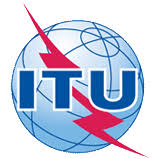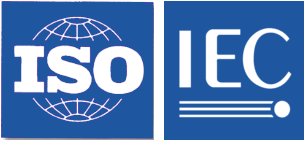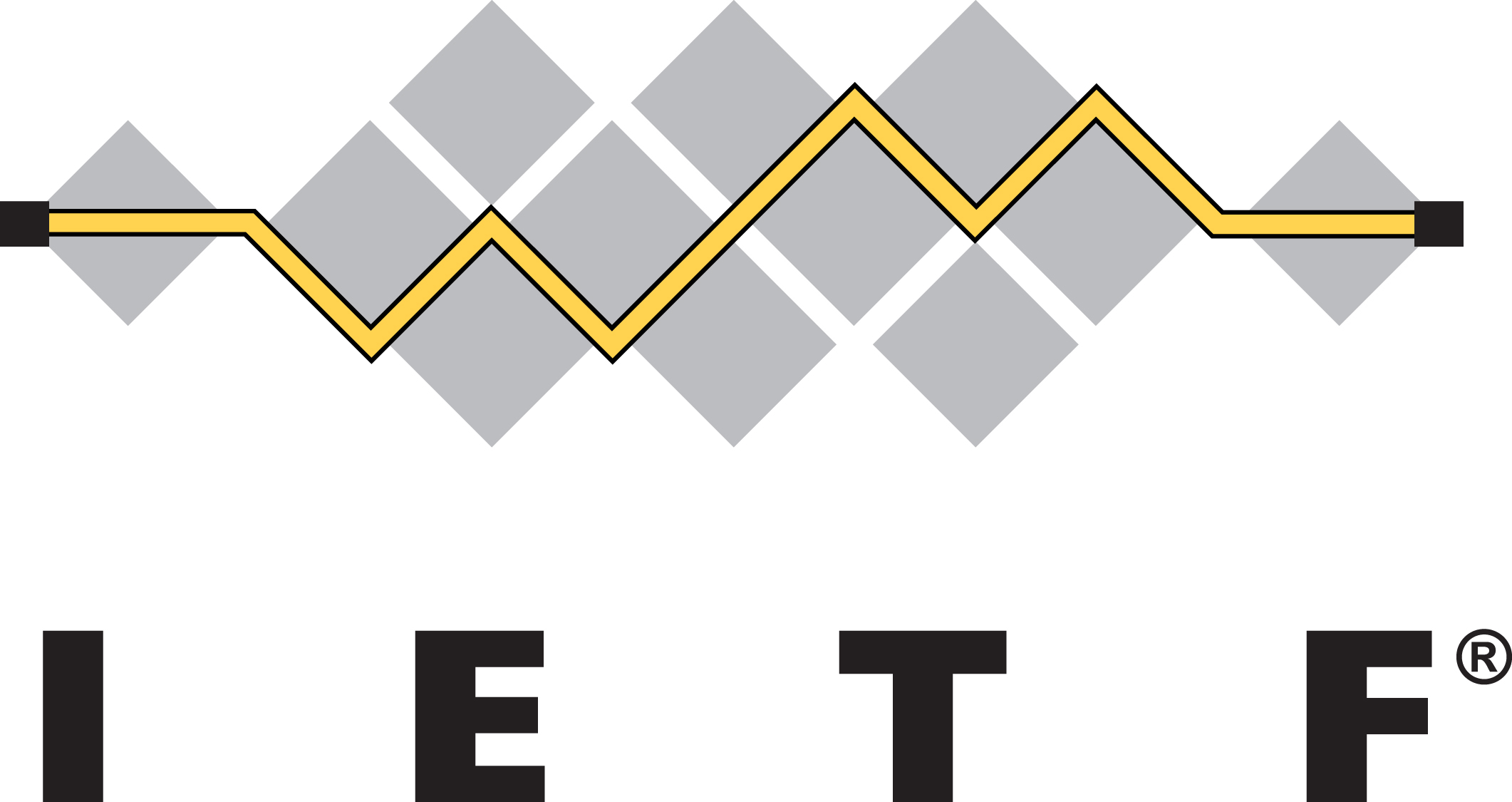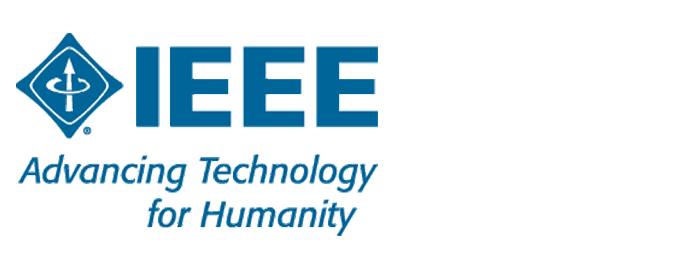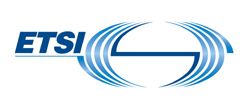ITU-T Y.4122 (07/2021)Requirements and capability framework of the edge-computing-enabled gateway in the Internet of things
The gateway is an important component of Internet of things (IoT) systems, enabling IoT devices to connect to communication networks. Edge computing technologies can benefit the IoT, providing computation, storage, networking and intelligence in proximity to IoT devices. Compared with the common gateway [ITU-T Y.4101], the edge-computing-enabled gateway in the IoT (EC-enabled IoT gateway) has additional capabilities supporting service layer interworking, and application layer interworking between IoT devices, IoT platforms and IoT application servers. In addition, the EC-enabled IoT gateway supports data transmission capabilities for IoT applications sensitive to time, latency, jitter and packet loss. Based on the common requirements and capabilities of a gateway for IoT applications [ITU-T Y.4101] and IoT requirements for support of edge computing [ITU-T Y.4208], additional capabilities and capability framework of the edge-computing-enabled gateway in the IoT are specified. Examples of applicability of the edge-computing-enabled gateway in the IoT are also given.
